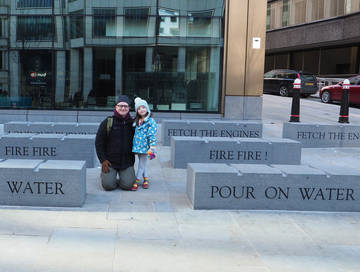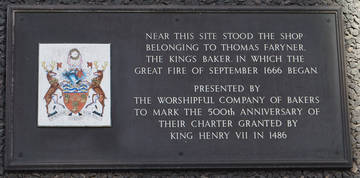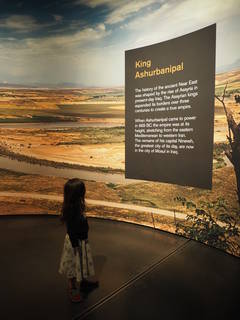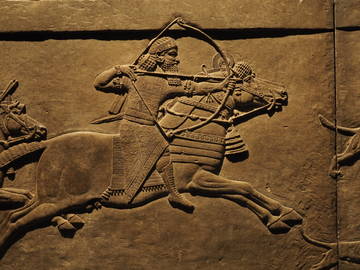While Camilla was doing a choir conducting course, Helen and I went to a fantastic Ashurbanipal exhibition at the British Museum. For a while I was afraid she was going to insist on reading every word on every board and caption. Eventually she got tired and let me read them to her instead, but we were there until the exhibition closed and she must have read almost half the text in it.
I'm not sure it would have appealed to all children — Helen had had some priming in having heard several versions of Gilgamesh and watched a lecture about it — but the material and presentation were both fantastic. The big relief carvings, most notably of a lion hunt and the Battle of Til-Tuba, were really striking, with simple but effective lighting and (print) narration as interpretive aids. The other material was also fascinating — the story of Ashurbanipal's accession, his library, and so forth — and the captions and information boards were really clear. (I'm guessing they were designed to avoid slowing people down too much, and to cater for visitors who weren't native English speakers, but a side effect was that they were also accessible to a reading six year old. There were hardly any requests for explanations of unknown words here, unlike in the other museums we visited.)

London's Burning!
|

Pudding Lane plaque
|
The next day we joined up with an old school friend, Michael Usher, and visited the Museum of London and Pudding Lane and the Monument to the Great Fire (which Helen had studied the previous term). And we fitted in an hour in a crowded Imperial War Museum, just getting through the World War I galleries and a bit of the D-Day section. That was all fun, but Helen and I both thought Ashurbanipal was the highlight of the trip.


